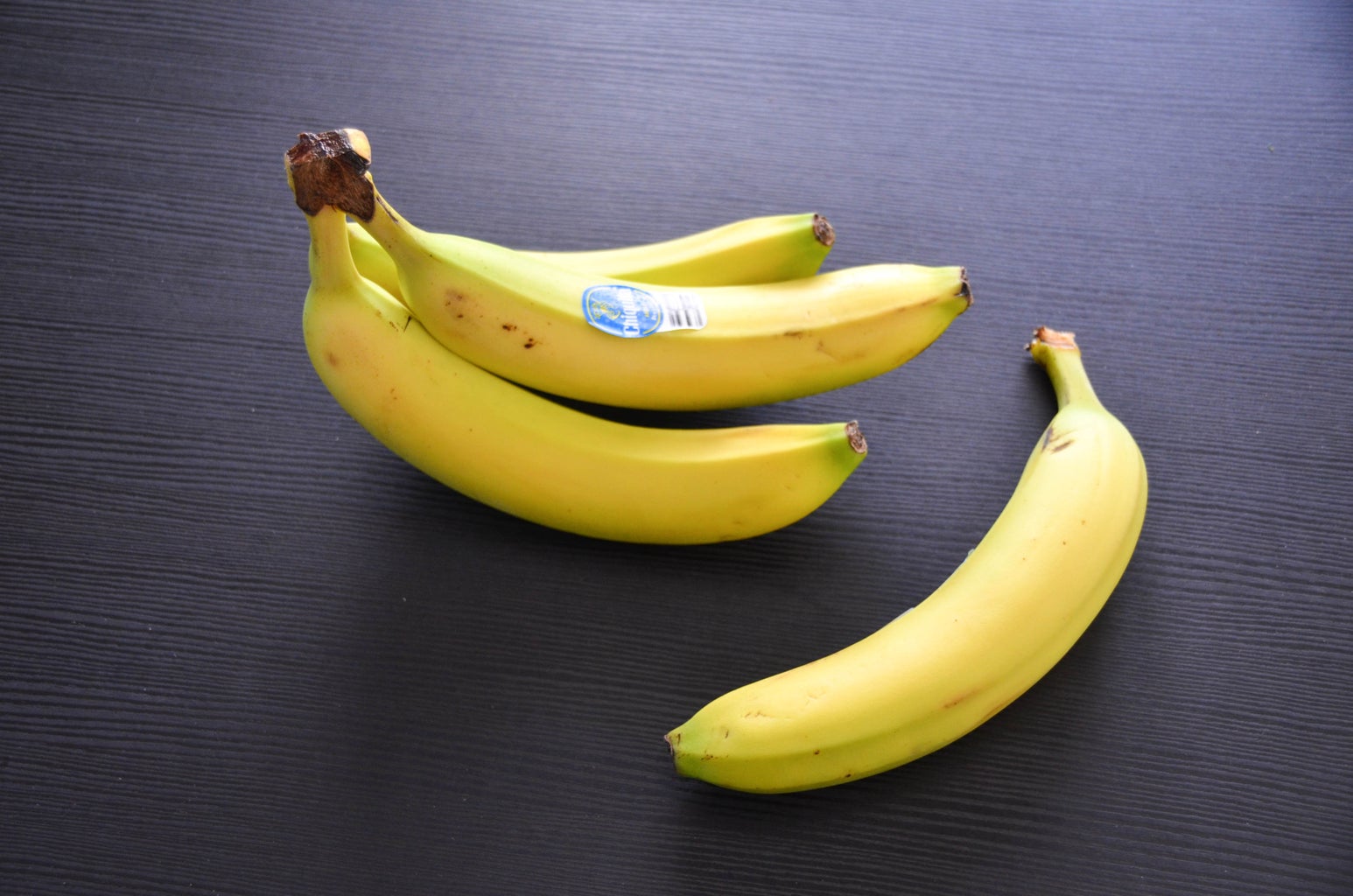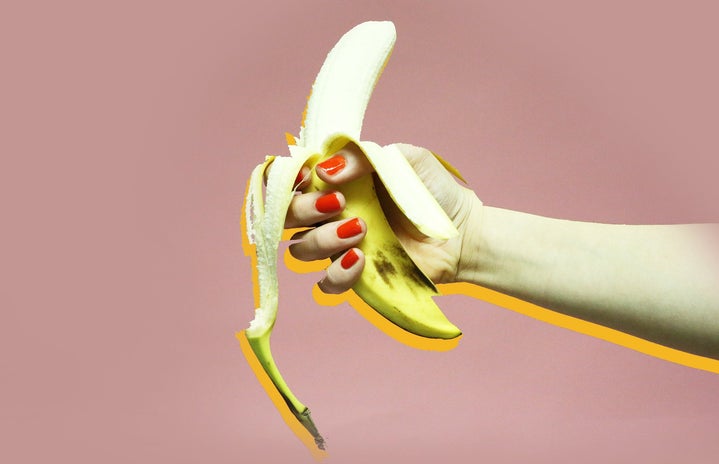The use of leather on the runway is becoming more and more contentious. Despite deciding to shed the use of fur from her lines in 2019, fashion designer Victoria Beckham continues to use bovine leather. PETA (People for the Ethical Treatment of Animals) protestors stormed her catwalk at Paris Fashion Week sporting T-shirts stating, “animals aren’t fabric”, “turn your back on animal skins” and a sign saying, “Viva vegan leather!” They also appeared on the runways of Burberry in London, Fendi in Milan, and Coach in New York this season, using slogans such as “Coach: Leather Kills.”
Public opinion is often torn on how useful protests such as these are in creating change. While it tarnishes the overall finish of a show (aka throws an artist’s carefully curated vision in the bin), it prompts necessary conversation.
“We’ll bring it to the runway as long as brands like @Coach keep profiting off cruelty to cows & other animals who are killed for leather. The future of fashion lies in innovative vegan materials, not in cows’ sliced-off skin.”
PETA’s comment under an Instagram post from @thecut showing the protest.
It’s not all doom and gloom in the realm of luxury fashion. The brand Stella McCartney has never used fur or leather and actively promotes the use of recycled fabrics and plant-based materials. Just last week, her line featured trench coats and skirts made from an apple-based alternative to leather, and it made for a convincing crocodile leather dupe. ‘Vaute Couture’ was the first all-vegan label to show at New York Fashion Week in 2013, their clothes designed using recycled plastic bottles. It prompts the question – will more designer labels follow suit?
Leather is problematic – not only due to animal welfare concerns, but also the harmful, polluting chemicals used in the production process, such as chromium and other nasties, let alone the ten thousand litres of water required to create just one cow leather handbag.
Vegan leather, known as ‘pleather’, also fails to solve the environmental problem. It’s made up of plastics such as PVC (polyvinyl chloride), which will outlive us all before biodegrading (a process that takes up to 450 years!) But there are many innovative, creative new leathers appearing on the market. These range from biodegradable resources such as cork or wood, to cactus, to even a banana tree.
I spoke to Banofi Leather, a team of innovative, brilliant material scientists and winners of PETA India’s Best Vegan Leather award. Using the stem of a banana tree, their invention “functions, smells and feels like leather”, and emits 90% less CO2 emissions than the bovine leather industry.

There are many benefits to using a plant-based leather. On an environmental level, there are eighty million tonnes of banana waste annually – once a banana tree fruits, it doesn’t fruit again. Through upcycling its stem, it’s helping a colossal waste problem. On a practical level, Banofi leather is also less likely to damage in the rain than cow leather, due to the difference in composition and its antifungal coating.
When writing this article on International Women’s Day, it seemed fitting to also highlight the incredible women behind this. Jinali Mody discovered the idea while doing her Master’s degree in Sustainability at the Yale School of Environment. Her motivations were personal; her home country, India, is rich in agriculture. It’s also one of the largest exporters of bovine leather, though it’s home to acres of banana farms. Due to her vegetarianism, she would seek out alternative materials when looking to buy a bag. She noticed that many synthetic ‘pleathers’ are made from petrochemical sources and decided to create something new.
What started as an experiment two and a half years ago is beginning to blossom. Kavya, the company’s business development manager, explained to me that “in India there are less job opportunities for women in distinguished sectors, particularly in rural areas.” Now, it’s a team led by sixty percent women.
The company sells to fashion brands in the UK and the USA and have even “just signed an NDA [non-disclosure-agreement] with Kering.” Could this be the material to redefine the concept of luxury on the runway? Watch this space.



